When I first got my hands on a vernier caliper, I stared at it for a while and wondered, “How do I even use this damn thing?” You’re not alone if you want to know how to use a vernier caliper! Whether you’re a student or stepping into a DIY realm, mastering the vernier caliper is a skill that can take your precision to the next level.
A vernier caliper might initially look intimidating because of so many numbers, scales, and tiny lines. But, trust me, once you get the hang of it, you’ll wonder how you ever managed without one. So, let’s get started!
This is my recommended choice for best results.
- Hardened stainless steel construction with satin chrome finish, for protection of caliper
- Measures outside dimension (OD), inside dimension (ID), step, and depth (when depth bar is included)
- Raised sliding surfaces to help prevent defacement and wear of scale graduations
Last update on 2025-10-06 / Affiliate links / Images from Amazon Product Advertising API
Why a Vernier Caliper Is Essential?
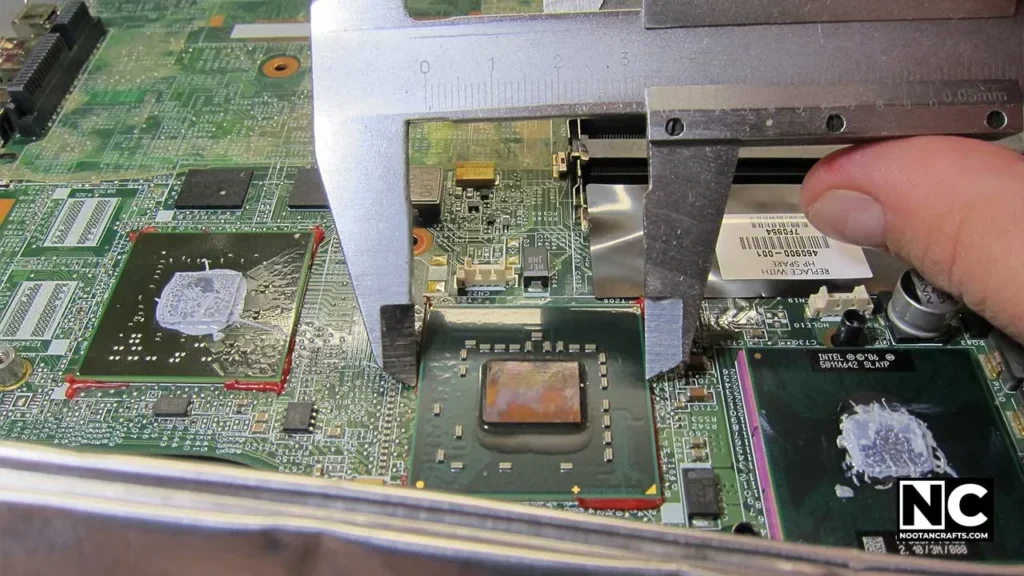
Well, vernier calipers are the go-to tools for anyone who needs precise measurements for their projects. Remember, we’re talking about accuracy down to 0.02 millimeters! Isn’t that impressive?
Whether you’re working with wood, metal, stones, or even delicate electronics, the vernier caliper ensures that you get precise measurements in decimals. No more guessing or eyeballing—it’s all about precision, baby!
In this guide, I’ll explain everything you need to know to use a vernier caliper like a pro. We’ll start with the basics, breaking down each part of the tool, and then move on to reading measurements step by step.
By the end, you’ll feel positive enough to handle any “Important” measurement challenge that comes your way, like measuring your cousin’s hair or confirming whether the thickness of plastic carry bags meets government regulation. And who knows? You might even start showing off your new skills to friends and family.
Also read: How to use a ratchet wrench
What is a Vernier Caliper?

So, what exactly is a vernier caliper? If you’re new to this tool, you might be picturing something complex and high-tech, but it’s a pretty straightforward device. A vernier caliper is a precision instrument used to measure the dimensions of an object with incredible accuracy. A vernier caliper is a trusted buddy, whether you’re checking the thickness of a metal sheet, the internal diameter of a pipe, or the depth of a hole.
Breaking it down
A vernier caliper usually consists of two main parts: the main scale and the vernier scale. The main scale is just like a regular ruler, but the vernier scale is what allows for those super-precise measurements.
There are also jaws for holding the object, a depth rod for measuring depth, and a locking screw to keep everything in place while you’re measuring. All these small parts work harmoniously, making a vernier caliper such a powerful tool.
Types of vernier calipers
Believe it or not, not all vernier calipers are created equal. There are a few different types you might come across:
Manual Vernier Calipers: These are the traditional ones with two scales (main and vernier), and you need to squint your eyes to read the measurements off the scales yourself.
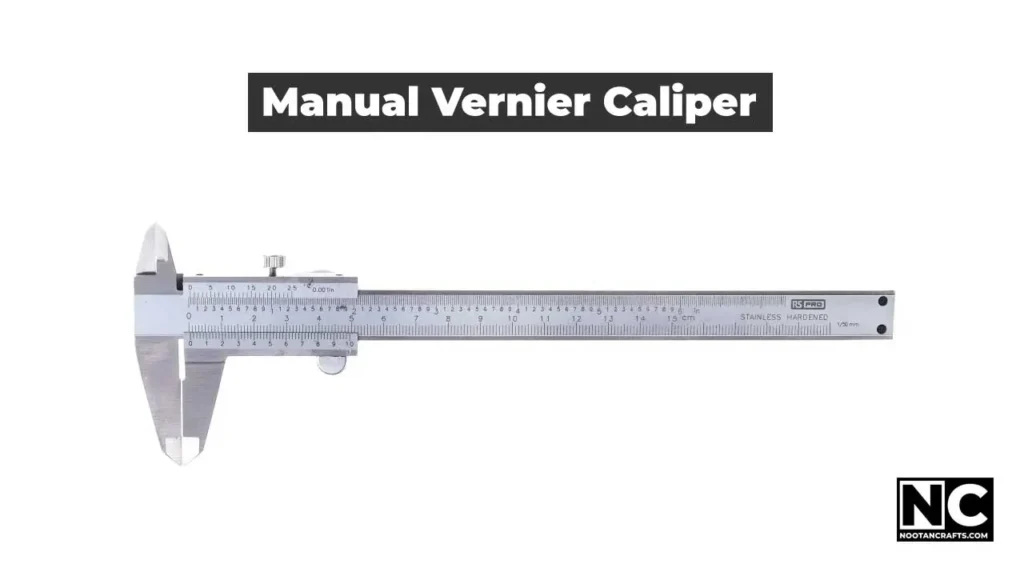
Dial Calipers: Instead of a vernier scale, these have a dial that shows the measurement. These are relatively easier to read, just like a bike analog meter.
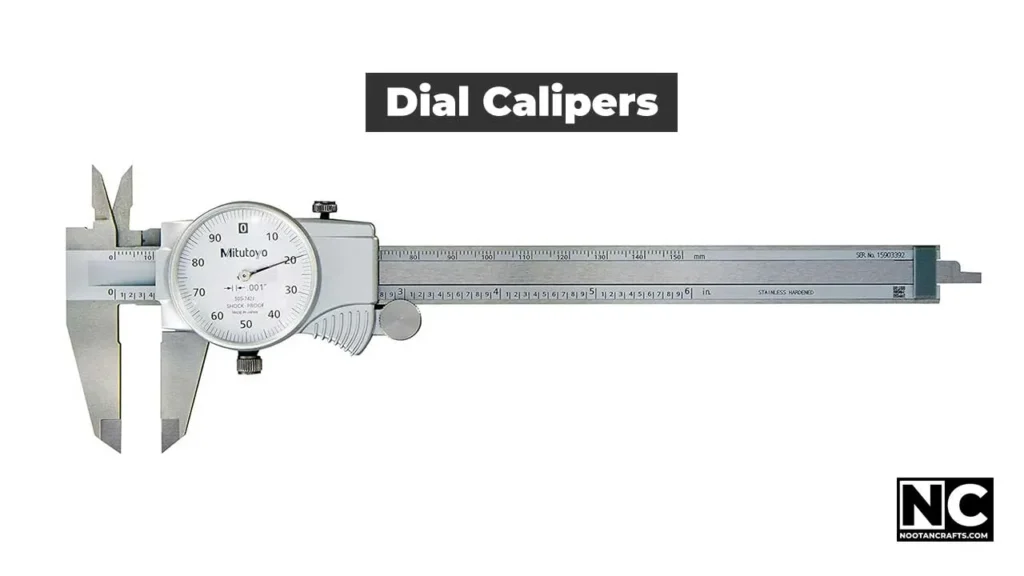
Digital Calipers: The modern twist—these give you a digital readout, making it super easy to see the measurement without any guesswork.
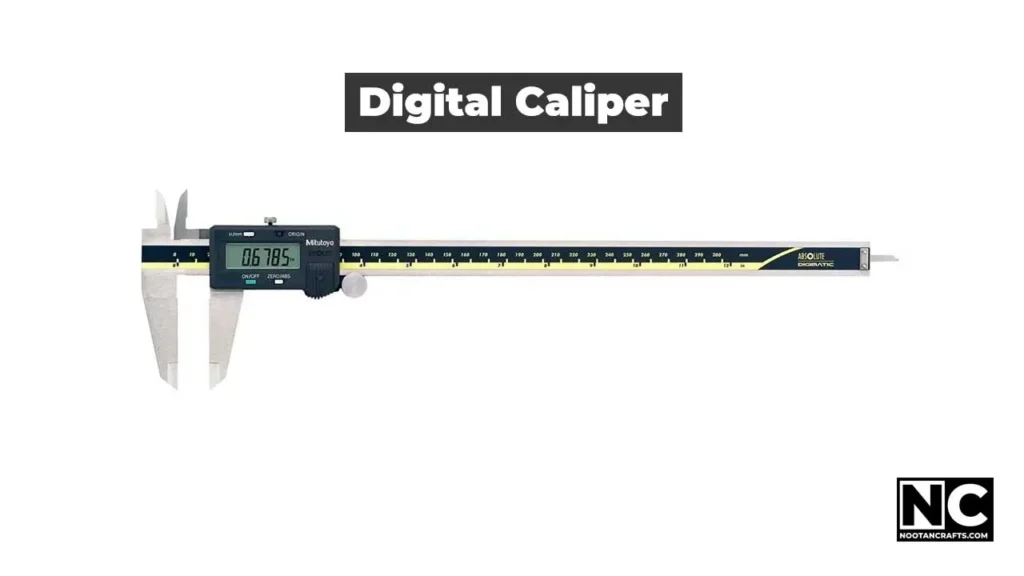
My first experience: When I first encountered a vernier caliper, I was doing practicals in the physics lab; honestly, I was a bit confused by all the different parts and types. However, my physics professor cleared all my doubts within a few minutes. It’s one of those tools you need to try to understand fully. Once you know, you’ll love how excellent this tool is for a manual device. It looks like a dream to measure at 0.02 mm accuracy with a centuries-old device. However, it has improved a lot, but the basic principle is the same.
How to Read Measurements on a Vernier Caliper?
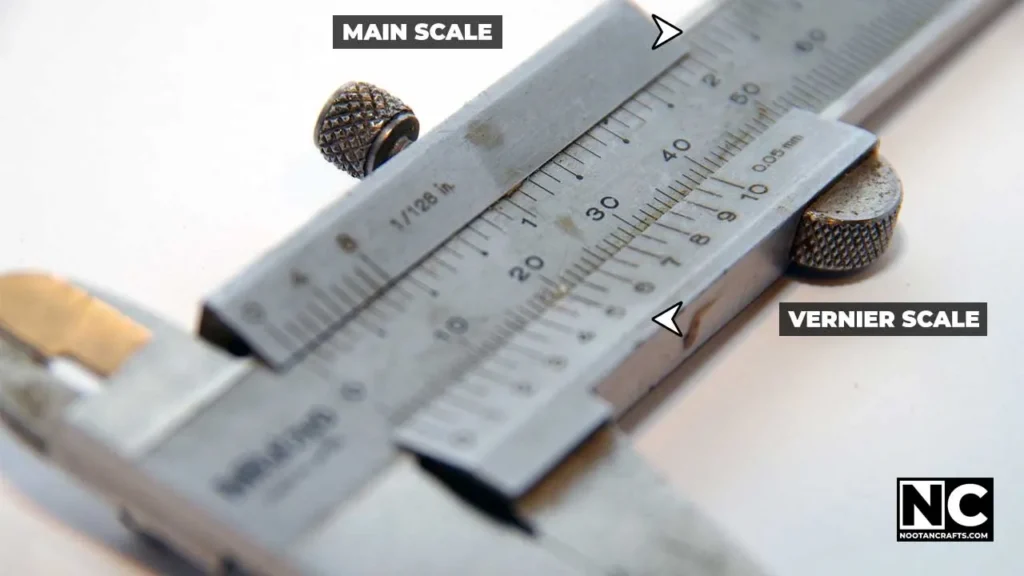
Reading a vernier caliper can initially seem tricky, but it’s easier than you think. The key is understanding how the main and vernier scales work together.
The main scale gives you the measurement in whole millimeters (or inches), and the vernier scale adds that extra level of precision.
Main Scale: Think of this as your baseline. It’s like using a regular ruler, and each mark on the main scale represents one millimeter (or inch). Simple enough, right?
Vernier Scale: Here’s where things get a bit more meticulous. The vernier scale is a small sliding scale that sits next to the main scale. Each division on the vernier scale represents a fraction of a millimeter, usually 0.02 mm. When you take a measurement, you’ll see that the lines on the vernier scale will align with the lines on the main scale at one specific point. That’s your precise measurement!
Reading Measurements on a Vernier Caliper (Quick Overview)
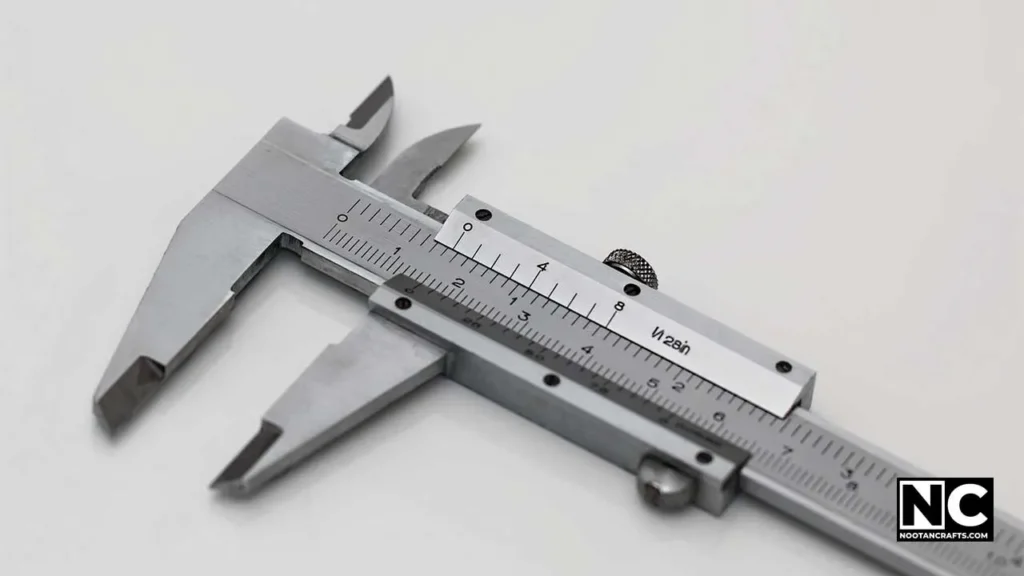
Here are the basic steps you must follow when using a vernier caliper.
Align the Object: Place the object you want to measure between the caliper’s jaws.
Take the Main Scale Reading: Look at where the zero on the vernier scale lines up with the main scale. This gives you the main scale reading.
Check the Vernier Scale: Now, look along the vernier scale to see which line aligns perfectly with a line on the main scale. This tells you the precise measurement to add to your main scale reading.
Add it Up: Combine the main scale reading with the vernier scale reading, and voilà! You’ve got your measurement.
Pro Tip: When I first learned to read a vernier caliper, I made the mistake of rushing through the process, which led to some misread measurements. Take your time, and double-check each step. With practice, reading a vernier caliper will become second nature.
How to Use a Vernier Caliper – Step-by-Step Guide

Ready to get hands-on? This guide will provide step-by-step instructions on how to use a vernier caliper properly. Whether you’re measuring the thickness of a board, the diameter of a pipe, or the depth of a hole, this guide will cover it all.
Preparation Before Measurement
First, make sure your caliper is clean and free of debris. Any dirt or dust can throw off your measurement. Remember, it’s a precision measurement tool that can also measure a small particle. A quick wipe with a soft cloth should do the trick.
Zero the caliper by closing the jaws and ensuring the reading is zero. If it’s not, adjust it until it is.
Measuring External Dimensions

Open the jaws and place the object between them. Gently close the jaws until they just touch the object. Don’t apply too much pressure—just enough to hold the object firmly.
Read the measurement from the main scale and then the vernier scale, as discussed earlier.
Measuring Internal Dimensions
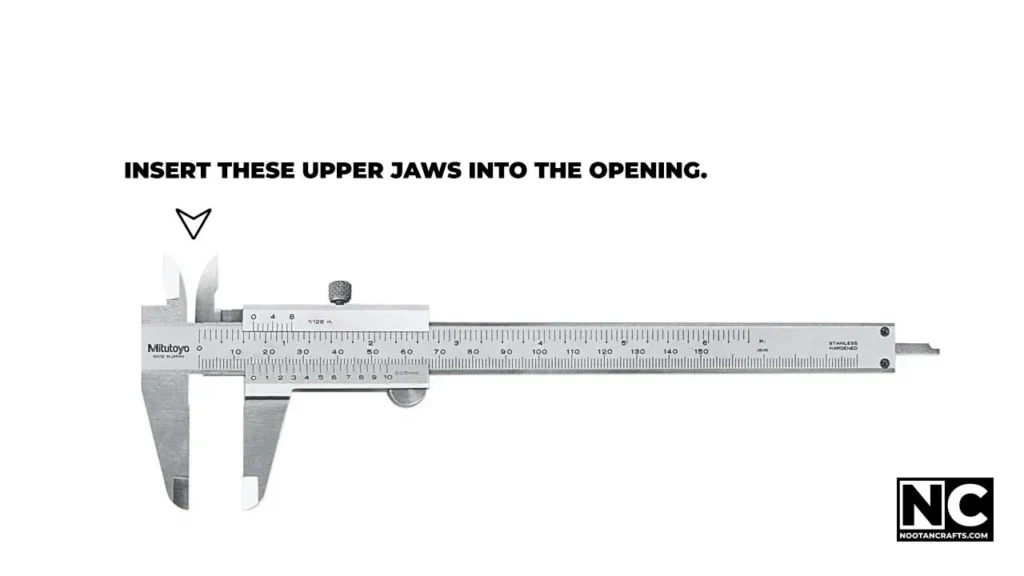
Use the smaller upper jaws for this. Insert them into the opening you want to measure and gently expand the jaws until they touch the object’s sides.
Again, read the measurement carefully from both scales to avoid any errors.
Measuring Depth
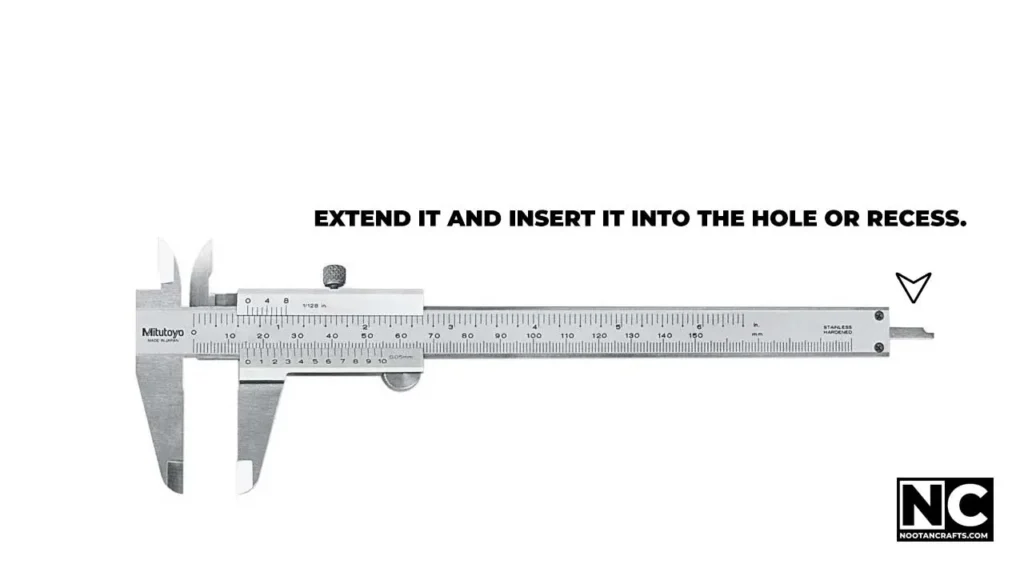
Extend the depth rod from the end of the caliper and insert it into the hole or recess. Gently push down until the rod touches the bottom.
Read the measurement from the scale.
Tips for Accurate Measurements
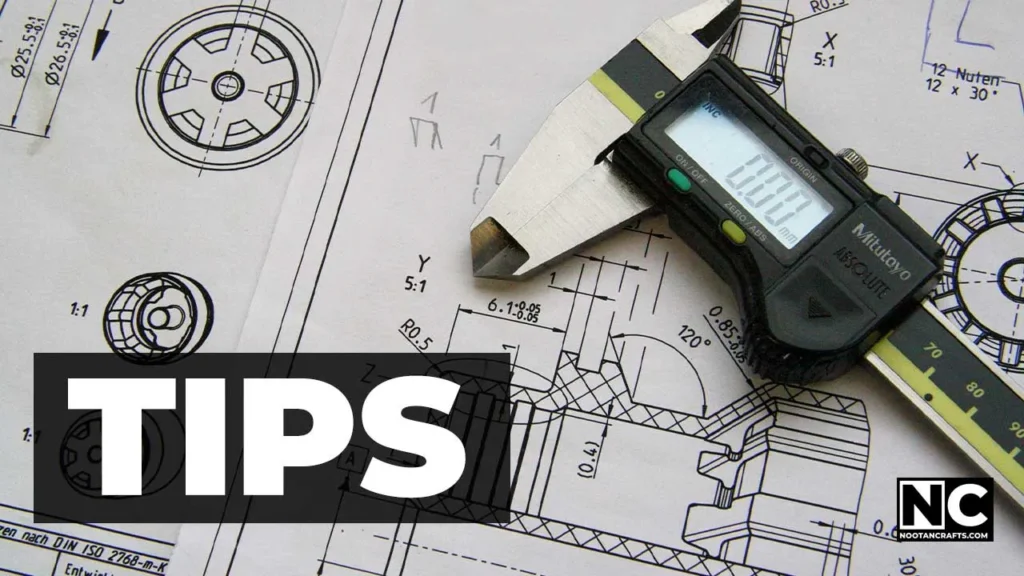
- Always hold the caliper perpendicular to the object to avoid skewed readings.
- Measure multiple times to ensure accuracy, especially if it’s critical.
Personal experience: When I first used a vernier caliper, I was surprised by its sensitivity—tiny changes in pressure could lead to different readings. It took some practice, but once I got familiar with it, I started using it more. It’s become one of my go-to tools in the workshop.
Common Mistakes to Avoid When Using a Vernier Caliper
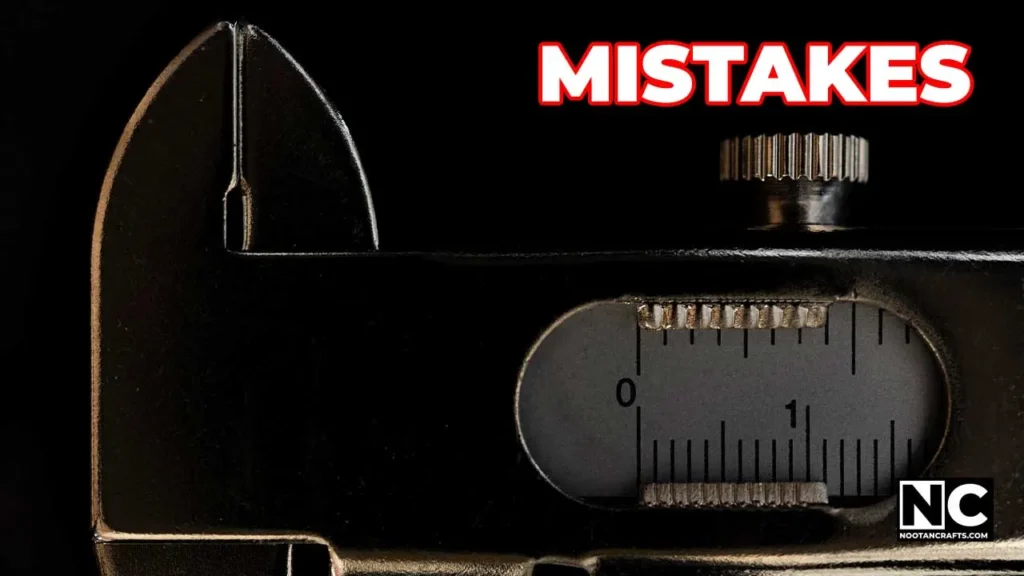
“One accurate measurement is worth a thousand expert opinions.” – Grace Hopper.
Even with the best tools, mistakes can happen. I’ve made my fair share of errors when using a vernier caliper, and trust me, they can be frustrating. But the good news is that most mistakes are easy to avoid once you know what to look for.
Misreading the Scale
This is the most common mistake, especially when starting. Take your time to ensure you’re reading the correct line on the vernier scale.
Applying Too Much Pressure
It’s obvious to think that pressing the jaws tightly will give you a more accurate reading, but it’s not true. Too much pressure can distort the measurements and even objects if they are soft.
Incorrect Calibration
You’ll always get inaccurate readings if your caliper isn’t correctly calibrated (it’s not zero when the jaws are closed). Always check that the caliper is zeroed out before you start measuring.
Ignoring the Environment
Temperature can affect the material you measure, especially when working with metals. If possible, measure in a consistent environment to avoid fluctuations. However, it’s essential when accuracy is critical, like in a scientific environment.
I was eager to start measuring everything in sight when I got a vernier caliper. But in my excitement, I made rookie mistakes, like applying too much pressure and getting wildly inconsistent readings. Over time, I learned to take a deep breath and approach each measurement gently.
Maintenance and Calibration of a Vernier Caliper
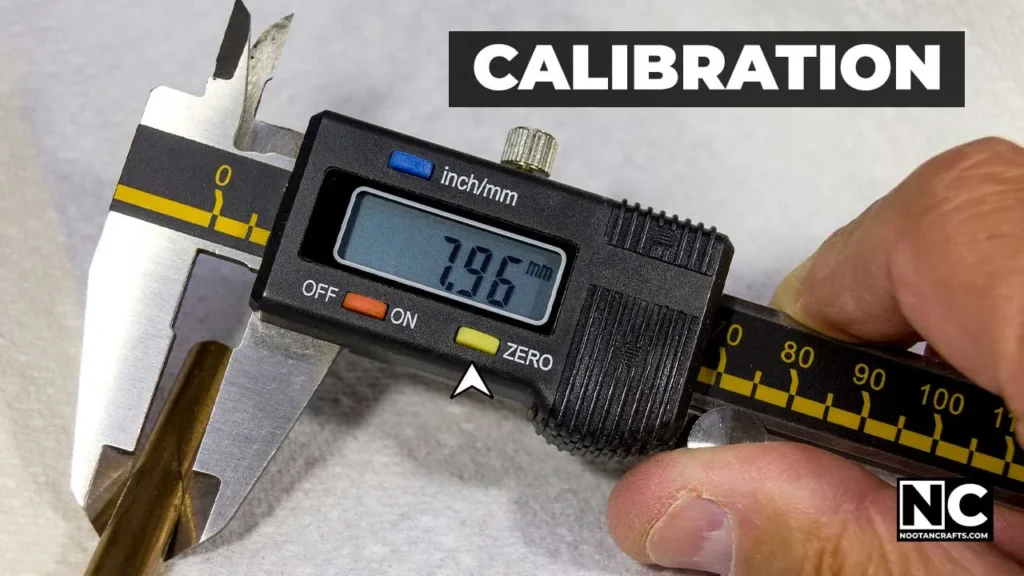
Taking care of your tools is as important as knowing how to use them. A well-maintained vernier caliper will give you accurate measurements for years, but neglecting it can lead to wear and tear, resulting in unreliable readings.
Regular Cleaning Tips
After each use, wipe your caliper down with a soft, dry cloth. This removes any dirt or residue that could interfere with future measurements. Avoid using harsh chemicals that could damage the metal.
If you’ve been working in a particularly dirty environment, you might want to clean the caliper with light oil. Apply a tiny amount to a cloth and gently wipe down the surfaces.
Calibration Process
Calibration is crucial for accuracy. To calibrate your vernier caliper, first zero it out. If it’s a manual caliper, you might need to adjust the vernier scale. It’s pretty more straightforward for digital calipers; most have a reset button for calibration.
It’s always a good idea to check calibration before each use, especially if the caliper has been dropped or knocked.
Storage Tips for Long-Term Use
When not in use, store your caliper in a protective case to keep it safe from dirt, dust, and accidental drops.
Always keep the caliper in a dry place to avoid rust. If you live in a humid environment, consider adding a desiccant to your storage case.
A little story: I once left my caliper on my workbench after a long day, thinking, “I’ll clean it up tomorrow.” Big mistake. The next day, the caliper had picked up some rust spots. I learned the lesson—now I always take the time to clean and store my caliper correctly, no matter how tired I am.
FAQs Regarding Vernier Caliper
- What is the accuracy of a vernier caliper?
- A vernier caliper typically offers an accuracy of 0.02 mm, making it incredibly precise for various measurements.
- Can I measure the thickness of materials with a vernier caliper?
- Absolutely! A vernier caliper is perfect for measuring the thickness of different materials, from metals to plastics.
- How often should I calibrate my vernier caliper?
- Calibrating your vernier caliper every six months or after any significant drop or impact is recommended.
- What’s the difference between a digital caliper and a vernier caliper?
- A digital caliper provides a digital readout, which makes it easier to take quick measurements, while a vernier caliper requires manual reading but can be more durable.
- Can I measure round objects with a vernier caliper?
- Yes, vernier calipers are great for measuring the diameter of round objects internally and externally.
Conclusion
Using a vernier caliper might seem frightening initially, but once you get the hang of it, it’s like riding a bike—muscle memory takes over and becomes second nature. Whether you’re into woodworking, metalworking, or any other craft that demands precision, a vernier caliper is an indispensable tool to elevate your work.
So go ahead, grab your vernier caliper, and start experimenting. Measure anything and everything—your coffee mug, a piece of wood, the thickness of a coin, your sister’s nose (just joking!). The more you practice, the more confident you’ll become.
Have you had any memorable experiences using a vernier caliper? Maybe you’ve got some tips or tricks up your sleeve? I’d love to hear them! Drop your thoughts in the comments below, and let’s keep the conversation going. And if you have any questions, don’t hesitate to ask—I’m here to help. Thanks for reading. Until next time, keep crafting!






